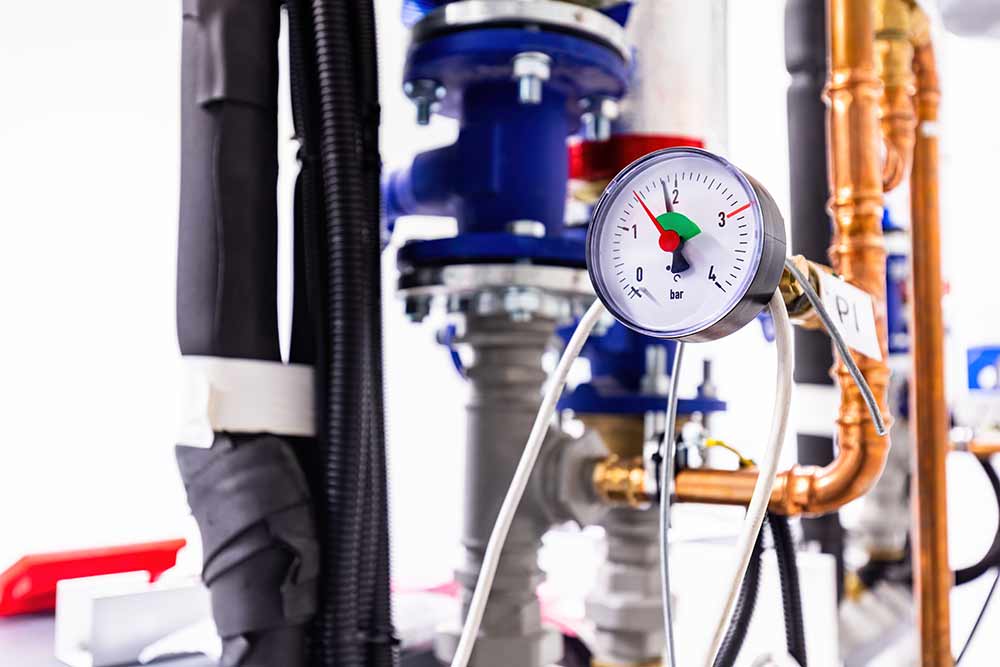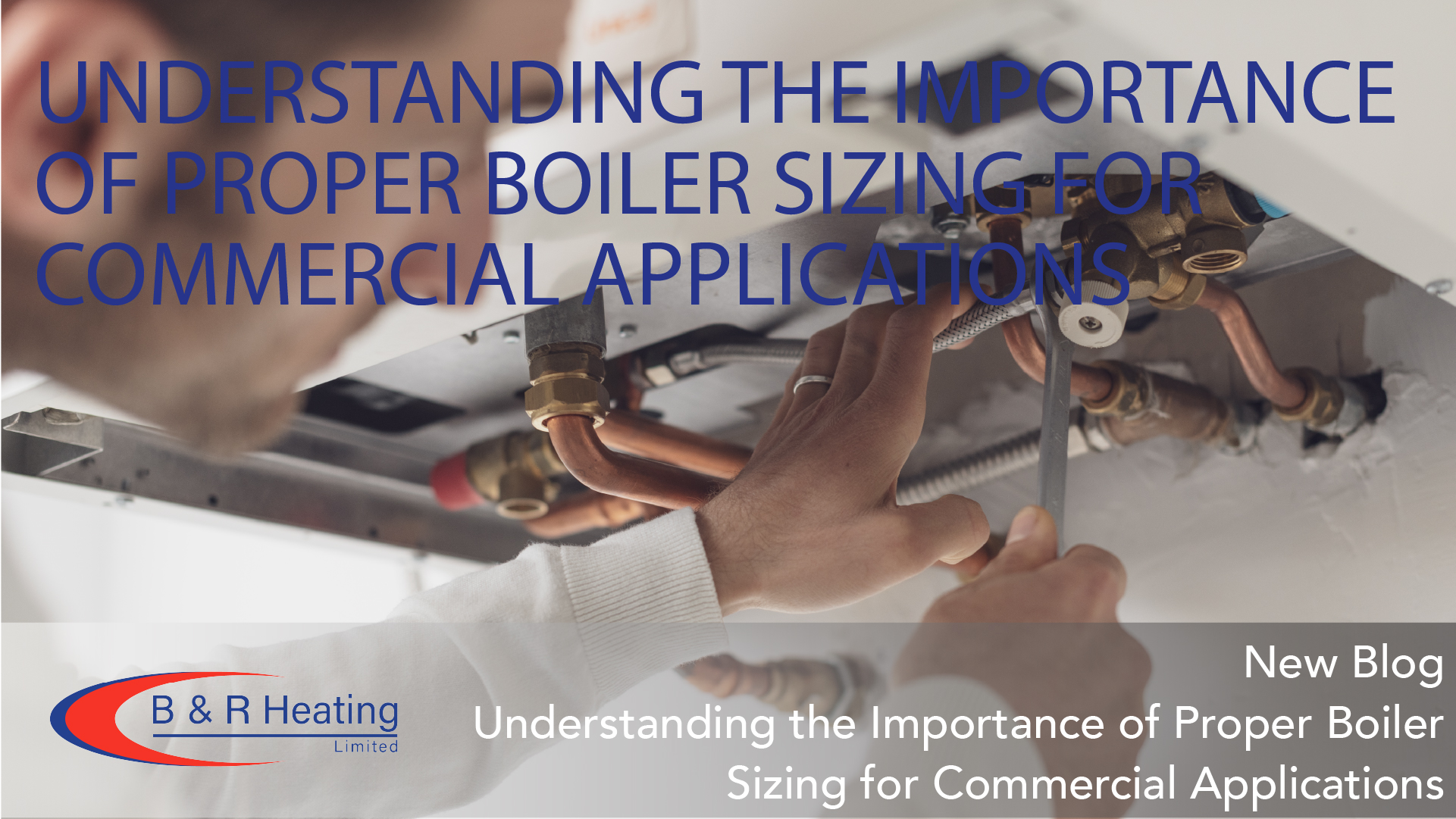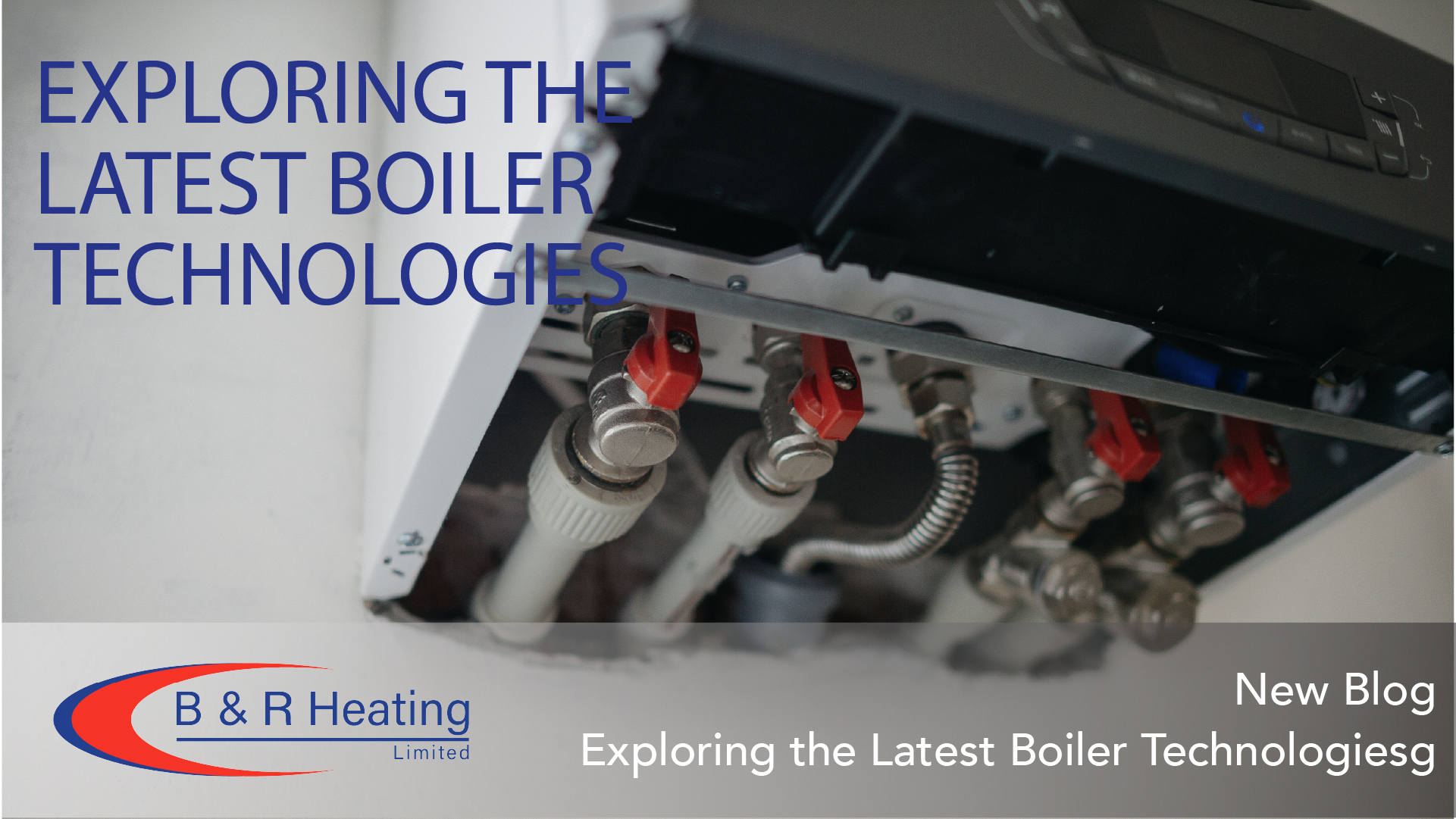Warmth is one of the things we as people cannot be without for long periods of time. Thanks to the advancements in technology it means that that we often all benefit from the use of domestic and commercial heating systems.
We’re all pretty familiar with the domestic heating systems that provide us with heating and hot water daily in our home but what about commercial heating? Heating a commercial building is a key component in creating a happy environment for those who frequent it. From leisure centres to blocks of offices, having efficient heating is essential.
How does a commercial heating system work?
Commercial heating systems can be far more challenging to understand when compared to a simple domestic boiler, mechanically speaking that is. It’s highly recommended that you seek advice from highly accredited engineers with experience working with commercial boilers.
Commercial boilers are pressurised systems that use combusting fuel or electricity to generate heat. The boiler’s coils or burners heat up water within the boiler, pushing the hot water (or steam) through the pipework to radiators around the property. While these systems are popular, other commercial buildings may require something more economically viable, proactive or cost-efficient.
To help you, we’ve outlined some of the other heating systems you can use for commercial premises.
Types of Commercial Heating System
- Oil or gas heating – commercial boilers are prominently used to heat larger properties. Whether oil or gas boilers, water is heated and then sent to radiators, or in some cases, water is used to create steam that is then sent through the pipe system.
- Heat exchanger system – otherwise known as a warm air space heating system, this uses a fan to draw air across a heat exchanger. This exchanger is essentially a system used to heat air and distribute it throughout a space evenly, making it ideal for applications where constant and consistent temperatures are needed.
- Destratification heating – this system uses thermal destratification, meaning it mixes a building’s internal air to eliminate stratified layers of heat and create a consistent temperature everywhere. Destratification fans recirculate the warm air so that floor-level and ceiling-level temperatures remain at normal levels.
- Heat pumps – these systems take the heat out of the air and pump it back into the building. Heat pump systems don’t require oil or gas to regenerate; they work well in facilities kept at set temperatures.
- Air rotation systems – these systems move large quantities of air at controlled temperatures. Cooler air is continuously drawn from below the heater, creating level temperatures all round. These heaters are suitable for warehouses or other areas that require frost and ice protection, creating constant temperatures without using ducts.
- HVAC systems – these systems are efficient at keeping commercial properties warm during winter and cooler during the summer. These heating systems have compressors that convert refrigerants from gases to liquids, which are then sent through coils in the unit, along with the refrigerants.
If you are looking at heating solutions for an office, school, restaurant, shop, gym or leisure centre, don’t look at one heater as the be-all-and-end-all. There isn’t a heating system that will be the best suited for every environment. You are better off consulting with accredited, qualified commercial heating specialists, such as our team at B&R Heating.
We have the skill and experience when it comes to installing many types of heating systems for all types of commercial buildings, optimising energy efficiency for every building we work on. We also perform maintenance and repairs on existing units.
We always take great care in ensuring your commercial building can remain operational, safely and efficiently. During this ongoing pandemic, as commercial offices begin to slowly reopen over the coming weeks and months, getting some advice and insight from a commercial heating company can do wonders.




